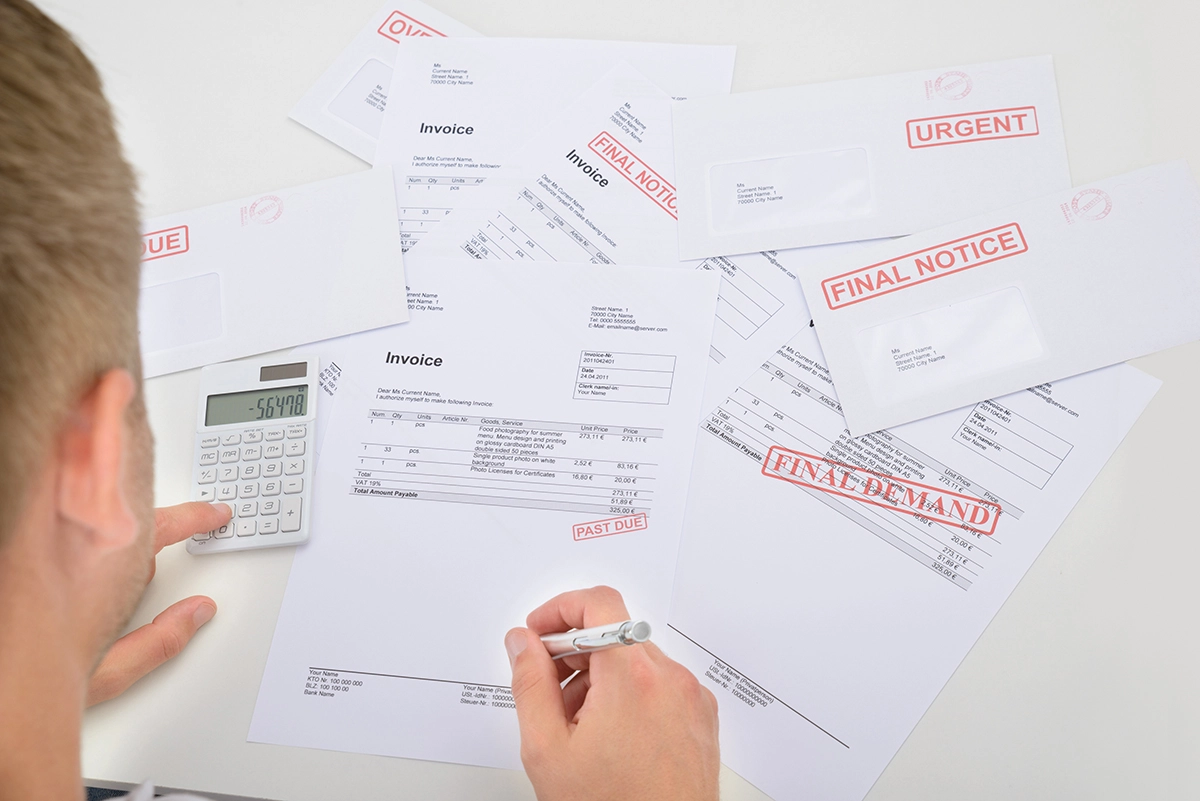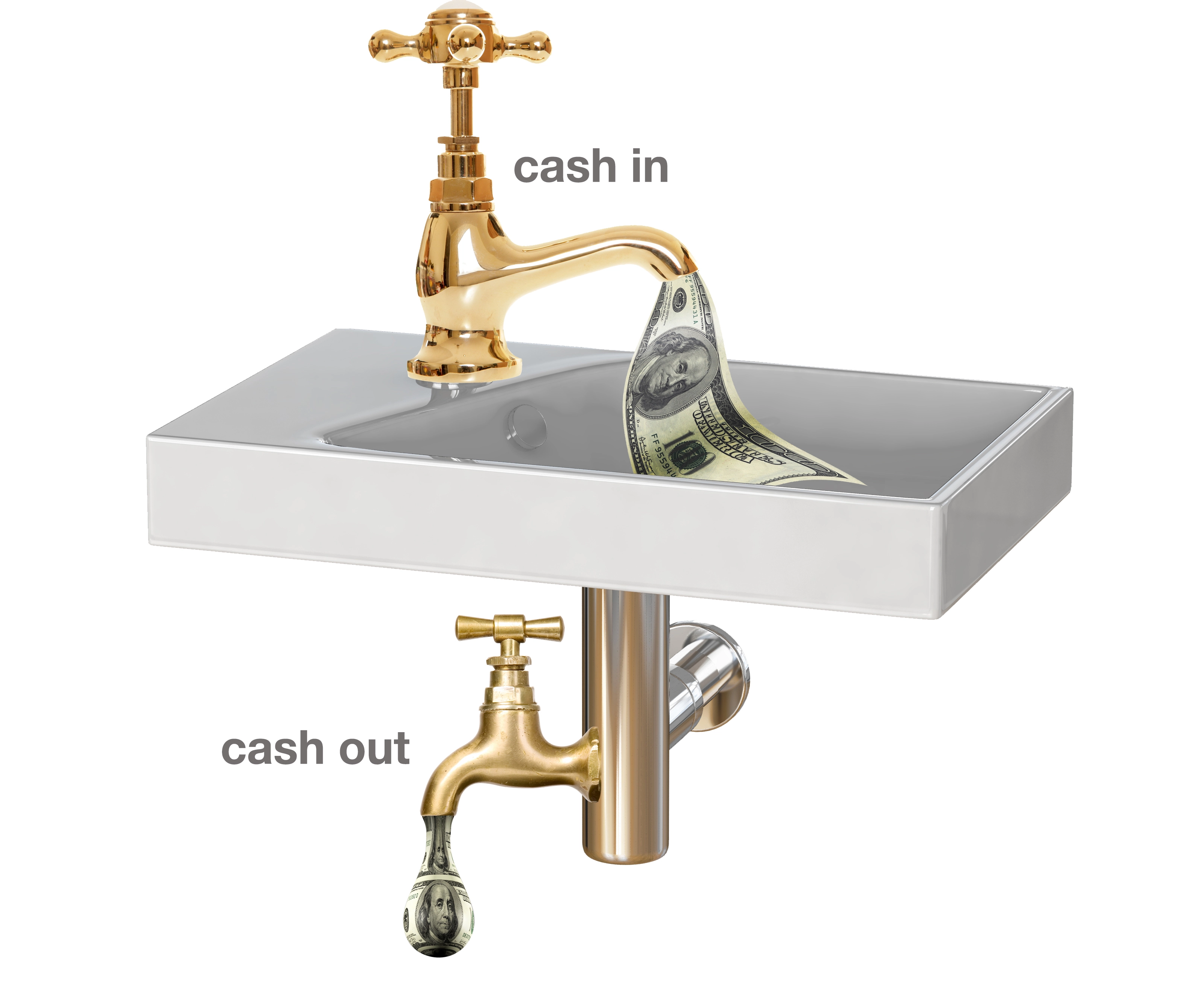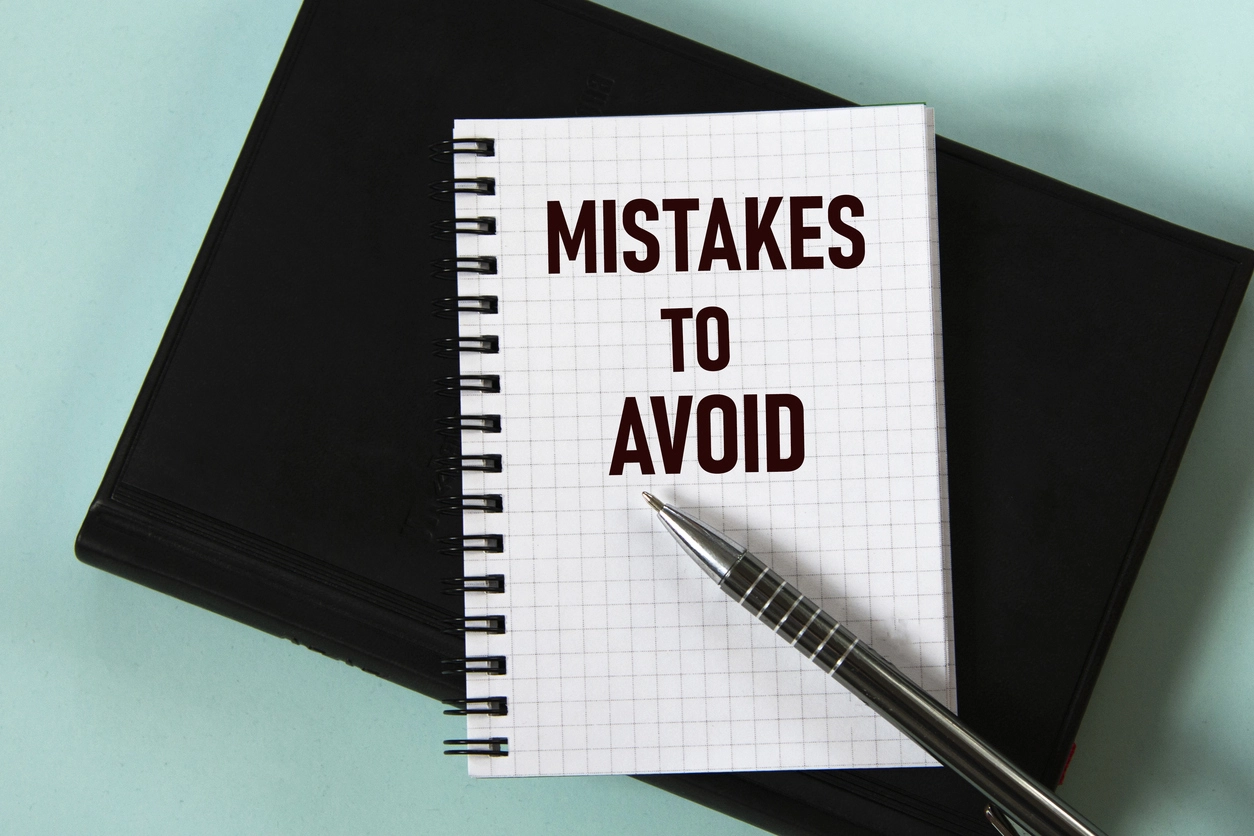Planning for cash needs is as important as making a profit.
I received this question from a reader:
Lets say you have a loan you are repaying — $10,000 total; $9,000 to principal, and $1,000 to interest. The only thing that shows on your P&L is the interest. The principal is reduced on the balance sheet. But if you are managing the company off the P&L, you are going to be light $9,000, so it's not really an accurate picture. What’s going on?
Many of you probably have the same question. You manage profitability from the profit-and-loss statement. You manage cash and cash flow from the balance sheet.
Each month your P&L tells you whether you earned a profit or had a loss. It does not tell you how much cash you have! You must turn your profits into cash by collecting your receivables and paying the expenses incurred to produce those revenues.
Unfortunately you can be profitable and go bankrupt. How?
- A builder, general contractor, or someone else doesn’t pay you for your profitable work.
- You grow profitably so quickly that you run out of cash.
- You are drawn into a lawsuit (through no fault of your own) for profitable and correct work that you performed or someone getting hurt on a job.
Profitability does not ensure business survival. Many contractors have a month or two months that are not profitable. Others have an unprofitable quarter and work the rest of the year to make up the losses. What they aren’t realizing is that they are also working the rest of the year to generate the cash they need to survive that quarter the following year.
So what do you do? First — be profitable. Without profits you won’t generate the cash you need to survive and thrive. Second, determine your cash needs each month. You can calculate the cash you need from a cash-flow projection. The format for a typical contractor is shown in the table.
Note that the cash-flow statement looks at collections from sales — not the sales themselves. So, if you collect COD for residential service and replacement, then the sales for the month should equal the collections for the month. Commercial collections are 30 to 60 (and sometimes 90) days after the work was completed. So, you might have a sale in January and not get paid until March.
COGS is the cost of goods-sold disbursements — labor, materials, subcontractors, commissions, etc.
Good managers manage both profitability and cash. You need both for a successful business.
Ruth King has over 25 years of experience in the hvacr industry and has worked with contractors, distributors, and manufacturers to help grow their companies and become more profitable. She is president of HVAC Channel TV and holds a Class II (unrestricted) contractors license in Georgia. Ruth has written two books: The Ugly Truth About Small Business and The Ugly Truth About Managing People. Contact Ruth at ruthking@hvacchannel.tv or 770.729.0258.





